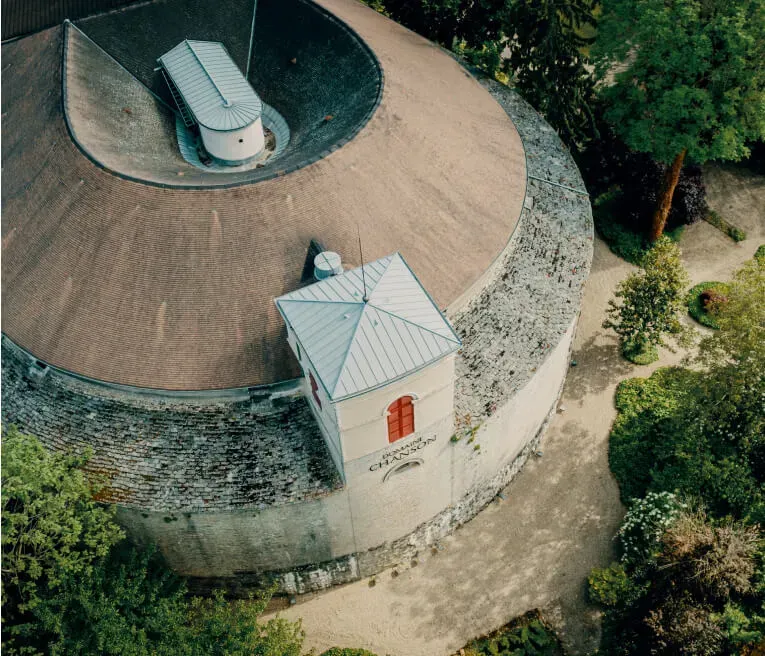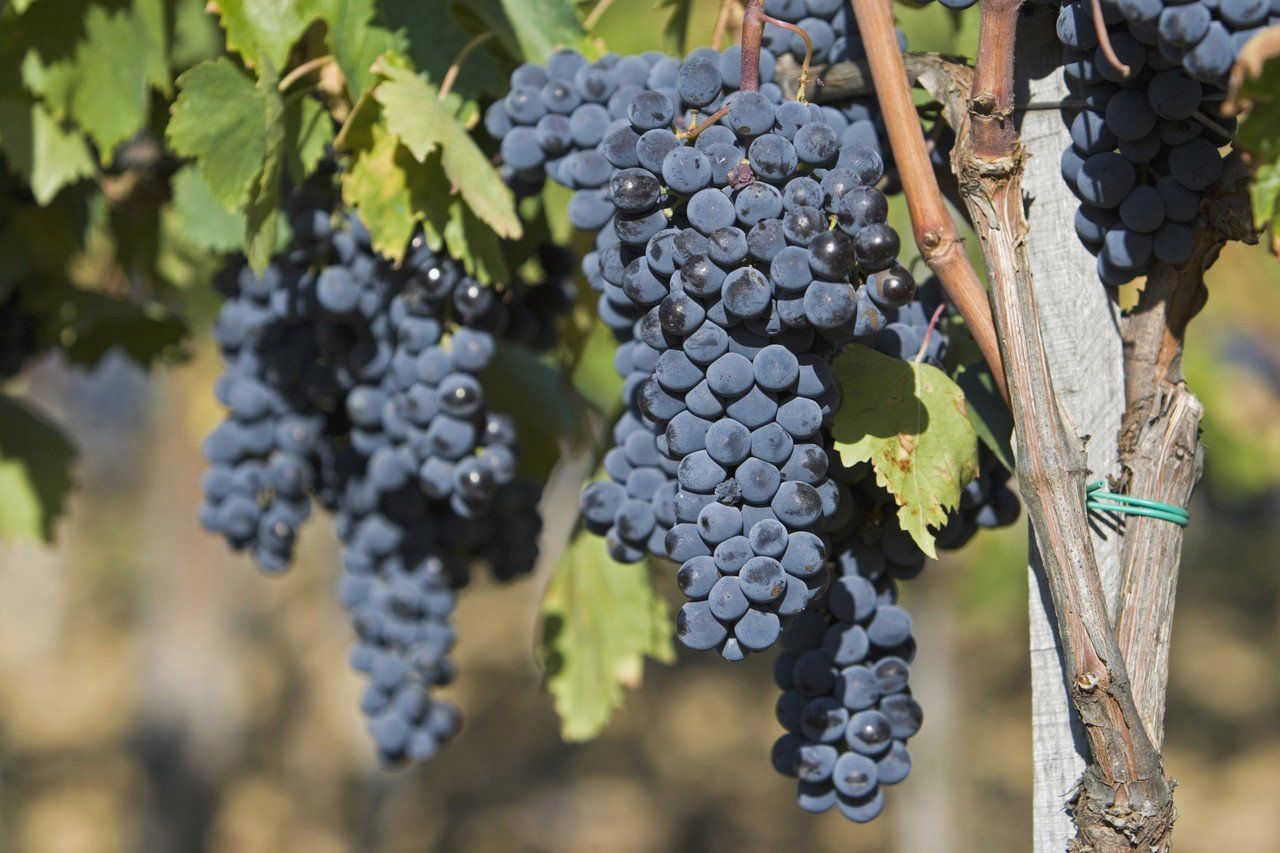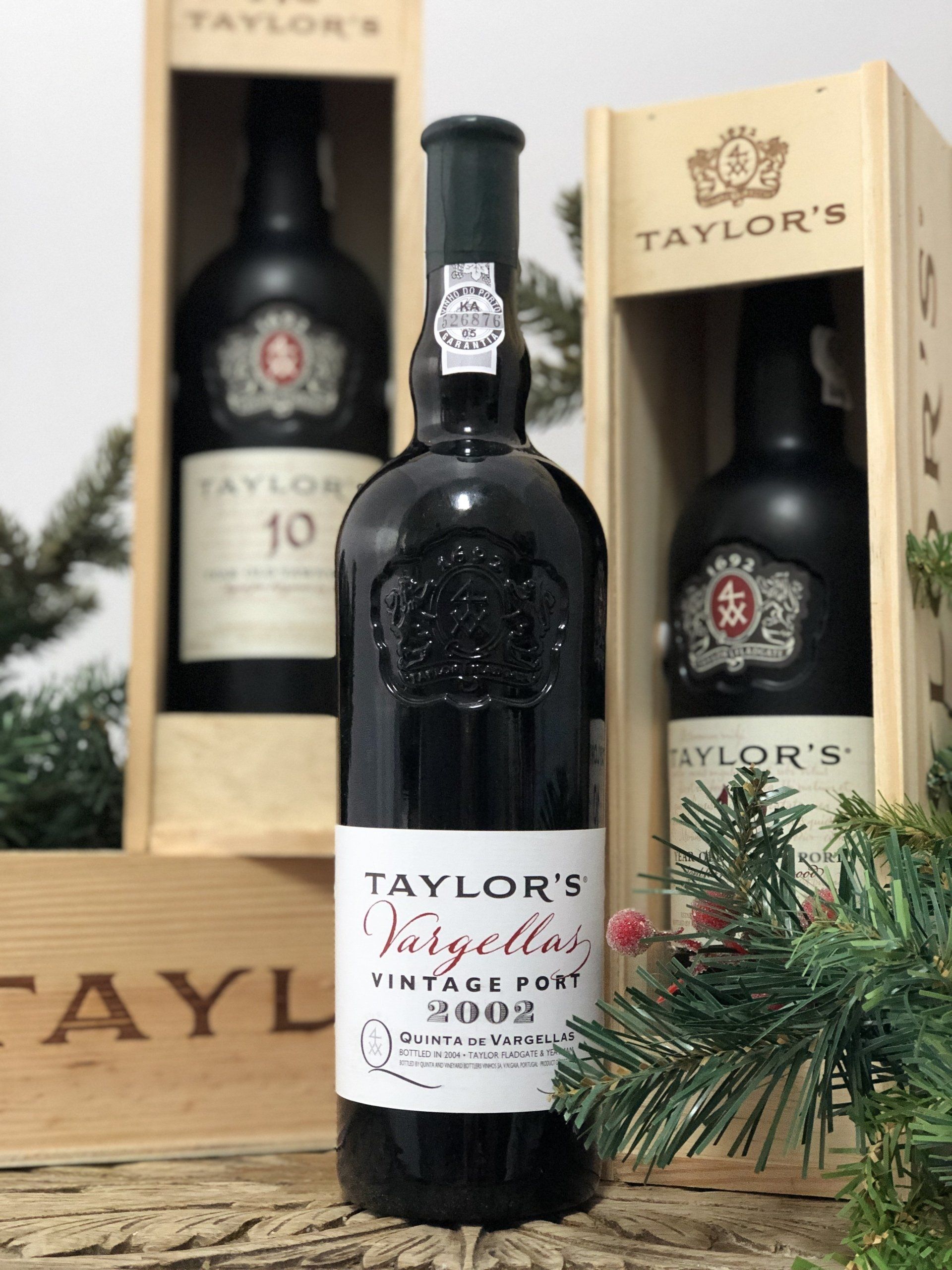Difference Between Champagne and Prosecco: Key Distinctions
Difference Between Champagne and Prosecco: Key Distinctions
Champagne and Prosecco are both sparkling wines, yet they part company at their birthplace—north-east France versus north-east Italy—and in the grapes, winemaking and time invested. Those differences ripple through the glass, shaping bubble size, flavour, alcohol level, price and ultimately which bottle best suits your mood, menu or milestone.
Misunderstandings persist—most commonly the notion that Prosecco is simply a cheaper version of Champagne—yet a quick scan of any wine list shows how each has carved out a following. From Friday-night spritzes to wedding toasts, these bubbles are chosen for different reasons, and knowing why will save you money and spare your taste buds. This guide gives you a clear, side-by-side comparison: protected origin, permitted grape varieties, production methods, flavour cues, sweetness terms, alcohol and calories, typical UK pricing, food pairings and serving tips. By the end you’ll choose with confidence, whether it’s pizza on the sofa or a diamond-cut celebration.
Origin and Protected Status
Wine speaks with an accent. Soil, climate and skill—collectively ‘terroir’—imprint every bubble, so EU law ring-fences famous place names. Champagne and Prosecco are therefore regions, not merely styles, and the rule book begins with geography.
Champagne: The Eponymous Region in North-East France
East of Paris lies Champagne’s chalk-rich strip. The districts—Montagne de Reims, Côte des Blancs and Vallée de la Marne—share a cool climate that locks in bracing acidity. Appellation d’Origine Contrôlée status (1936), enforced by the Comité Champagne, sets grapes, yields and ageing times. EU legislation backs it up: only wine grown and bottled inside the 34,000-hectare border may say “Champagne”.
Prosecco: Veneto and Friuli-Venezia Giulia in North-East Italy
Across the Alps, Prosecco spans parts of Veneto and Friuli-Venezia Giulia. Quality peaks in the steep DOCG hills of Conegliano-Valdobbiadene and Asolo, labelled “Superiore”; gentler valley vineyards sit under the wider Prosecco DOC. Regulations insist that fermentation and bottling occur within the zone, and single-hillside “Rive” sites or the prized Cartizze cru headline the top tier.
Why Geographic Indications Matter for Quality and Labelling
Protected names safeguard reputation and your wallet. Using “Champagne” or “Prosecco” outside the zones invites fines and confiscation, but more importantly it erodes trust. For drinkers the appellation acts as a shortcut: see the name, know the standards, choose with confidence.
Grapes in the Bottle
Place names aside, grape genetics do the heavy lifting in flavour, texture and ageing potential. Statutes fix which varieties may be used and in what proportions—a pivotal difference between Champagne and Prosecco that you can taste straight away.
Classic Champagne Varieties
Champagne’s triumvirate sets the tone. Chardonnay delivers citrus lift and an ageing spine; Pinot Noir adds body and red-berry nuance; Pinot Meunier offers floral charm and early approachability. Arbanne, Petit Meslier, Pinot Blanc and Pinot Gris linger on a handful of hectares—novelties rather than necessities.
Prosecco’s Glera and Friends
Glera must make up at least 85 % of Prosecco and shapes its signature pear-and-apple brightness at modest alcohol. Verdiso, Bianchetta, Perera or even Pinot Grigio can tweak aroma or acidity in the remaining blend, but never eclipse the main act.
How Grape Choice Translates to the Glass
Think of the varieties as seasoning as well as raw material. Chardonnay’s taut acids invite long lees ageing, while Glera’s delicate aromatics shine when bottled young. The table below summarises the headline flavours:
| Variety | Key Flavours | Contribution |
|---|---|---|
| Chardonnay | Citrus | Chalk, Finesse |
| Pinot Noir/Meunier | Red fruit | Structure |
| Glera | Pear, peach | Freshness |
From Vineyard to Bubble: Production Methods
How the second fermentation is handled is the single biggest technical difference between Champagne and Prosecco. One happens slowly in the very bottle you pour from, the other races through a stainless-steel tank. The route chosen governs bubble finesse, flavour depth, production time and final shelf price—four cornerstones of the difference between Champagne and Prosecco.
Méthode Traditionnelle (Champagne)
- Base wines from multiple parcels are blended.
- tirage ‑ a mix of sugar and yeast ‑ is added and each bottle is sealed.
- Secondary fermentation occurs inside the bottle, creating up to 6 bar of pressure.
- Bottles rest on their lees: minimum 15 months for non-vintage, 36 months for vintage.
- Riddling gradually moves the yeast plug to the neck; disgorgement expels it.
- A dosage (liqueur d’expédition) sets the sweetness level before final corking.
Result: tiny, persistent mousse and autolytic notes of brioche, biscuit and almond.
Charmat/Martinotti Method (Prosecco)
- Blended base wine is pumped into a pressurised tank.
- Sugar and yeast spark a second ferment lasting 10–30 days.
- Wine is chilled, filtered isobarically and bottled under pressure.
Outcome: larger, lively bubbles and upfront fruit, with production measured in weeks not years.
Lees Ageing and Complexity
Champagne’s years on yeast break down proteins that add creaminess and savoury depth. Tank-fermented Prosecco sees only fleeting lees contact, so it stays crisp and primary. For a halfway house, seek unfiltered “Col Fondo” bottles, which age on the lees inside the crown-capped bottle.
Visualising the Two Processes
Picture two flow charts: one showing a bottle-shaped loop of ferment-age-riddle-disgorge, the other a straight line from tank to bottle. That visual sums up why Champagne demands patience and Prosecco delivers immediate, fruit-forward pleasure.
Flavour, Aromatic Profiles and Sweetness Levels
Bubbles are only half the story; aroma, texture and sugar decide whether a sip feels razor-sharp or plush. Below are the headline sensory cues that separate Champagne from Prosecco and make each suited to different moments.
Typical Champagne Tasting Notes
Freshly baked baguette, lemon zest and green apple are Champagne hallmarks, underpinned by a chalk-like minerality. Age introduces toasted almond, honey and mushroom, while the fine, pin-prick mousse lends a creamy, palate-coating length.
Typical Prosecco Tasting Notes
Expect white peach, Bartlett pear, melon and acacia blossom leaping from the glass; the bubbles are softer, the body lighter and the finish crisp, thanks to Glera’s naturally high acidity and short cellar time.
Brut, Extra Dry, Dry: Decoding Dosage Terms
Sugar added after disgorgement—called dosage—sets the sweetness scale. EU law defines Brut at under 12 g/L, Extra Dry 12–17 g/L and Dry 17–32 g/L. Counter-intuitively, therefore, an Extra Dry Prosecco tastes rounder than a Brut Champagne from the same vintage.
Can You Tell Them Apart Blind?
Need a cheat sheet? Champagne’s beads are finer and more persistent, with savoury bakery notes; Prosecco shows bigger bubbles and overt stone-fruit aromas. With practice most drinkers can call the difference after one sniff.
Alcohol, Sugar and Calorie Comparison
Strength and sweetness shape both taste and your weekly unit tally. The numbers behind each style highlight another practical difference between Champagne and Prosecco.
Typical ABV Ranges
Champagne usually comes in at 12 – 12.5 % ABV. Prosecco, fermented to keep its fruit-forward charm, finishes lighter at 10.5 – 11 %. That 1.5 % gap equals roughly half a UK unit per 125 ml glass.
Residual Sugar vs Perceived Sweetness
Acidity masks sugar. A Brut Champagne might contain 8 g/L yet feel drier than an Extra Dry Prosecco with 15 g/L because Champagne’s sharper acid tightens the finish.
Calorie Count and Responsible Enjoyment
Calories rise with both alcohol and sugar, so the table helps you budget for brunch or a long reception.
| Style | ABV | Sugar (g/L) | Calories*(125ml) |
|---|---|---|---|
| Brut Champagne | 12% | <12 | ~95kcal |
| Extra Dry Prosecco | 11% | 12-17 | ~85kcal |
*Approximate figures. NHS low-risk guidance recommends no more than 14 units of alcohol per week. Drink plenty of water between glasses and never top up drivers.
Price, Prestige and Perception
The difference between Champagne and Prosecco is felt sharply at the till. Price is a shorthand for time in the cellar, cost of land and the weight of expectation—factors that shape both taste and perceived status.
Production Cost Drivers
Champagne real estate averages well above €1 million per hectare, yields are restricted and each bottle ages on its lees for years while crews patiently riddle and disgorge by hand. Up in Veneto, vineyard land is cheaper, stainless-steel tanks finish whole batches within weeks and mechanisation trims labour costs. Faster turnover equals lower overheads.
Average UK Retail Prices
Those economics show up on the shelf. Supermarkets sell reliable Prosecco DOC from about £7 to £15; DOCG “Rive” sites or the prized Cartizze hill push to £20–25. Non-vintage Champagne typically ranges from £28 to £45 at independent merchants, while prestige cuvées or vintages can vault past £100.
Which Is Better? Quality Is Context-Dependent
“Better” depends on the brief. For layered complexity, gift-worthiness and a statement cork, Champagne justifies its premium. For relaxed brunches, cocktails or buying by the case, Prosecco’s bright fruit, lower alcohol and gentler pricing make perfect sense. Match the bottle to the moment.
Picking the Perfect Bottle for Your Occasion
A smart match of wine, food and setting elevates both glass and plate. Use the snapshots below to decide when the difference between Champagne and Prosecco really matters—and when it doesn’t.
Food Pairing Fundamentals
- Champagne: oysters, fish & chips, fried chicken, truffle popcorn
- Prosecco: antipasti, sushi, Thai curry, fruit-based desserts
The higher acidity and savoury notes in Champagne cut through fat; Prosecco’s fruitiness softens spice and salt.
Everyday vs Celebration: When to Pour What
Tuesday pizza or garden brunch? Chill a DOC Prosecco.
Milestone birthdays, promotions or sabrage photos? Splash out on vintage or prestige-cuvée Champagne.
Sparkling Cocktails to Know
Champagne: French 75; classic Champagne Cocktail (sugar, bitters, Cognac)
Prosecco: Bellini; Aperol Spritz; elderflower-mint Hugo
Use flutes for fizz-forward cocktails, tulip glasses when aroma matters.
Storage, Serving Temperature and Opening Safely
Keep bottles upright, cool and dark. Serve Champagne at 6–8 °C, Prosecco slightly colder at 5–7 °C. Hold the cork, twist the bottle, and let the CO₂ sigh—no flying missiles, just controlled sparkle.
Emerging Trends and Sustainability
Consumers are drinking with a conscience, so both regions are rethinking farming, cellar work and packaging.
Grower Champagne and “Artisan” Prosecco
Single-estate vignerons now bottle parcel-specific cuvées with lower yields and clearer origin.
Organic, Biodynamic and Vegan Options
Organic vineyards, vegan fining and Demeter or “Viva” seals let shoppers pick greener fizz.
Low-Dosage and Zero-Alcohol Spin-Offs
Brut Nature, Extra Brut and alcohol-free releases cater to wellness trends, trimming sugar—and sometimes the units—without losing sparkle.
Final Sip
Champagne hails from chalky French soils and blends Chardonnay, Pinot Noir and Meunier, undergoes years of bottle ageing, delivers fine bubbles, toasty complexity, 12 % ABV and premium prices; Prosecco comes from Veneto hills, is 85 % Glera, tank-fermented in weeks, tastes of pear-peach freshness, sits around 11 % and costs less. Whether you crave creamy brioche depth or breezy fruit-forward spritzability, let the style, menu and wallet decide. Ready to stock the fridge or plan a show-stopping toast? Browse the curated sparkling range at Mosse & Mosse and enjoy free UK delivery on orders over £150.







